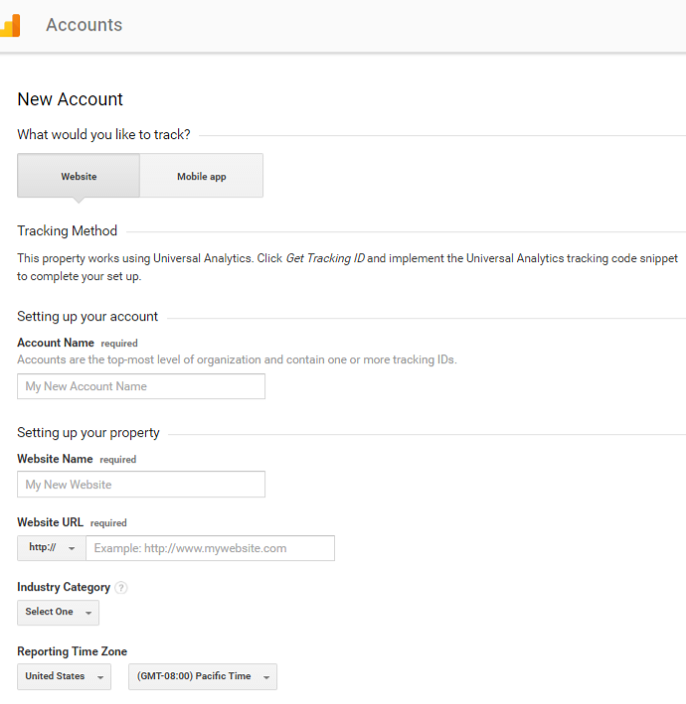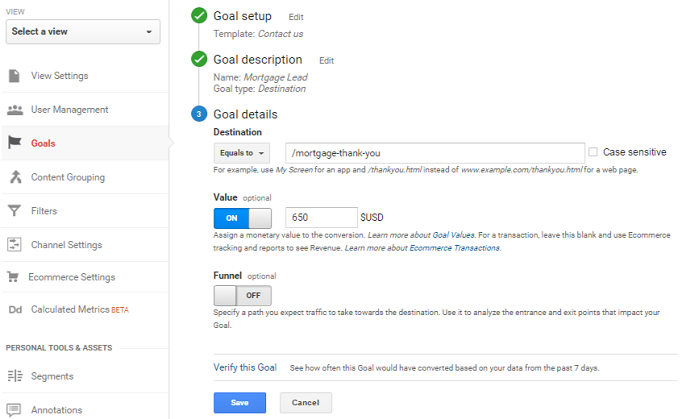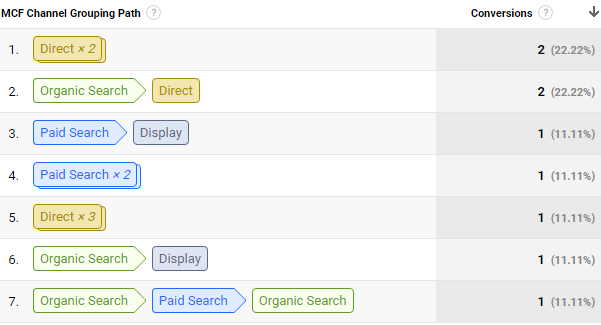Why should you care so much about analytics? Simply put, proving ROI substantiates our existence as financial marketers. It proves not only what marketing efforts are successful, but also which efforts are unsuccessful which is equally important. Marketers who rely on gut instinct cannot be taken seriously when they ask for more budget, more people, and more say in strategic planning.
Content Marketing




